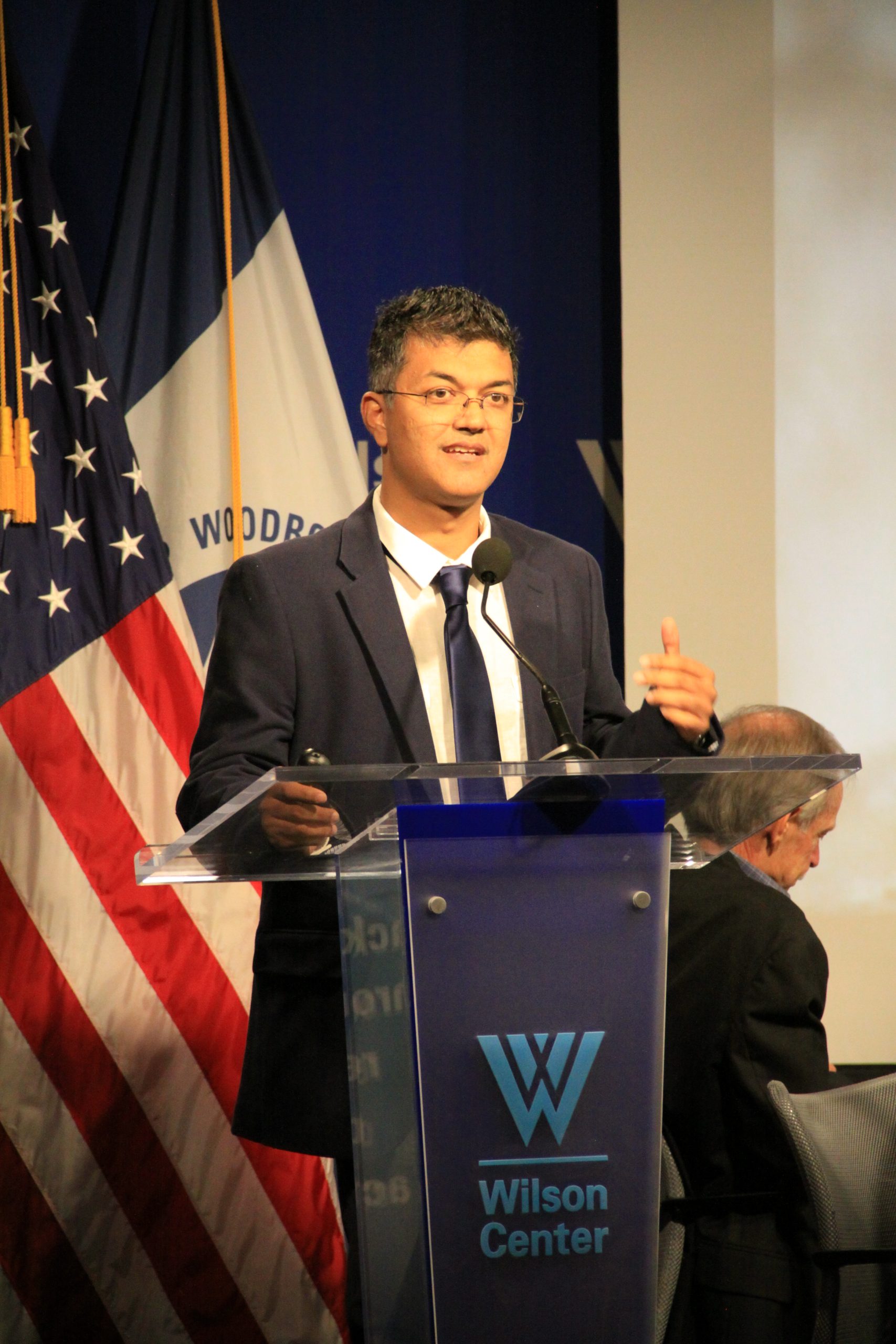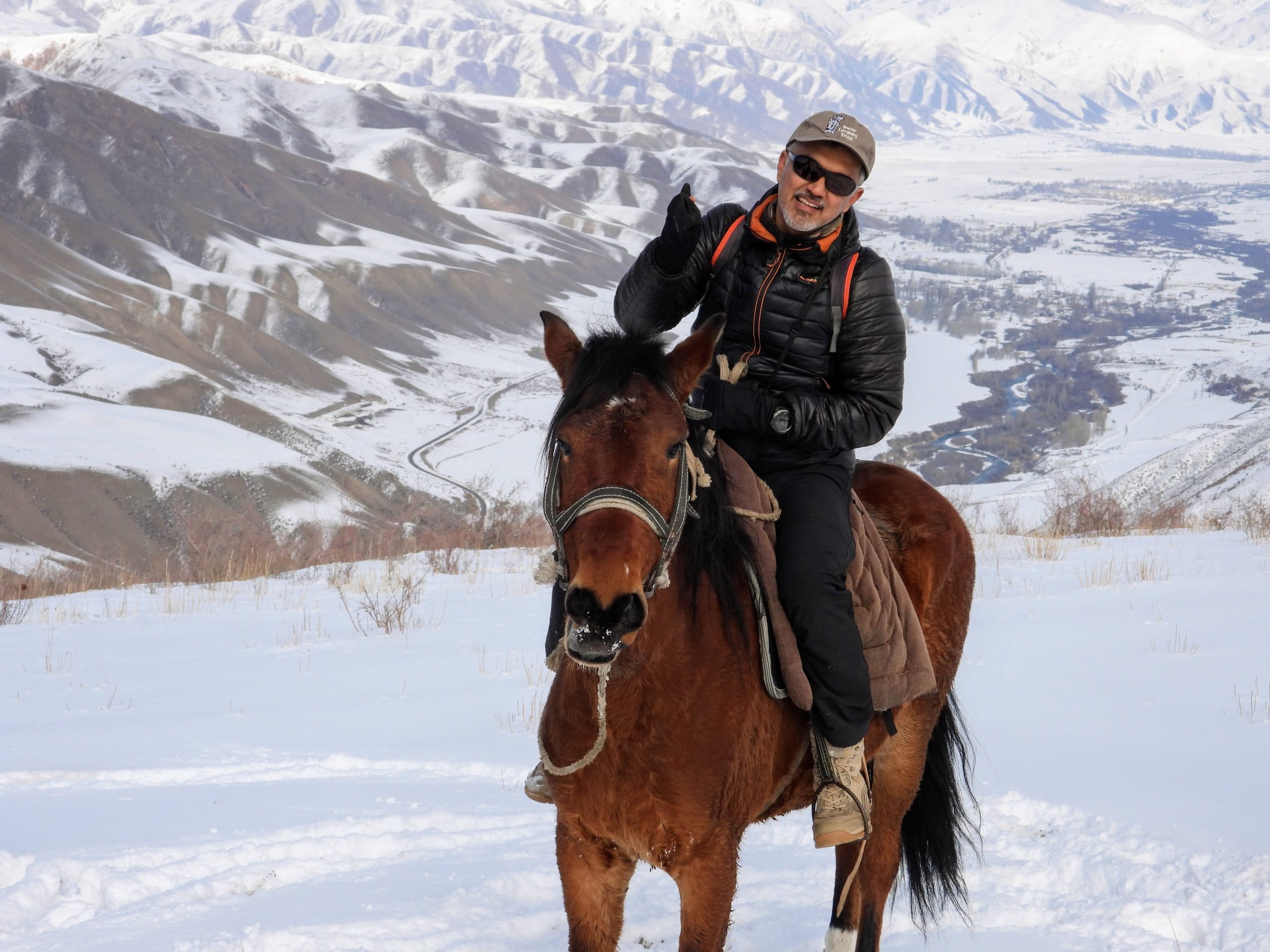(July 29, 2023) One rainy day, while playing indoor cricket with his younger brother, a 12-year-old Soumik Datta discovered an old sarod that once belonged to his grandmother. Today, the award-winning multi-disciplinary artist has released several albums. An ambassador of the Earth Day Network, Soumik often addresses social and environmental issues through his art. His recent animated musical film Songs of the Earth, premiered at The UN Climate Change Conference in Glasgow. A short story about Asha, a young climate refugee from Bengal who searches for her father across the world, through burning forests and rising oceans, the film was commissioned by the British Council.
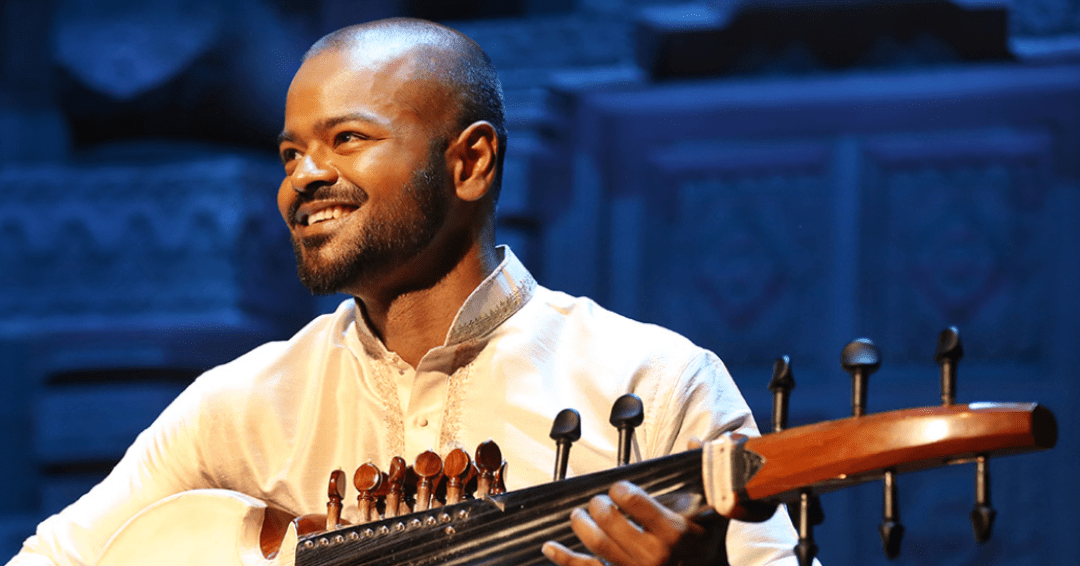
British-Indian musician Soumik Datta
Just a month ago, the sarod player was appointed as the artist in residence by the UK’s prestigious Philharmonia Orchestra. The composer, producer and TV presenter will take on the role for the 2023-24 Season. “I read that the climate disasters caused more internal displacement than war. This had a deep impact on me, especially as someone privileged, living in London. What came out was in the shape of a short story — about a young climate refugee called Asha searching for her father across burning forests and melting glaciers. This was the start of Songs of the Earth,” shares the artist, during an interaction with Global Indian.
Not a born musician
Soumik was born in Indian to banker father and film director mother, and spent the initial years of his life in Mumbai. A child, who loved the sea, Soumik shares that he had no musical inclination while he stayed in India. “I was a proper Mumbai kid. My days were mostly about school, playing with my friends – but I wasn’t into music at all while I was in India. I wonder, had my family continued living there, if I would have ever become a musician,” shares the 39-year-old artist. Soumik has a younger brother, Souvid Datta, who is now a well-known photographer and filmmaker.
When a 11-year-old Soumik first moved to London, the artist reveals that it was a bit of a culture shock. “My father was already working in London, so the family eventually moved there. I was one of the very few coloured kids in my school. I had to learn a lot in terms of the vocabulary, which was quite different from India. It took an adjustment period, but looking back I feel it all happened quite quickly,” the artist shares, adding, “My parents listened to classical music. I remember my mother would sing Tagore songs. I was a huge Shahrukh Khan at that time, so I would listen to his songs. So, while I wouldn’t sing to play, music was always around.”
Trained by a great Guru
Soumik’s first introduction to the stringed musical instrument was purely by chance. “It rains a lot in London, and on one such day, I and my brother were playing cricket indoor. I shot the ball a little hard and it dashed into a cardboard box kept in the corner. When I went to check what was inside the box, I found a shiny instrument with stringed attached to it, which I had never seen before. I showed it to my father when he came back from work and he told me what it was and that it belonged to my grandmother. That evening my father gave me my first sarod lesson,” shares the artist, laughing, “I didn’t really play cricket after that.”
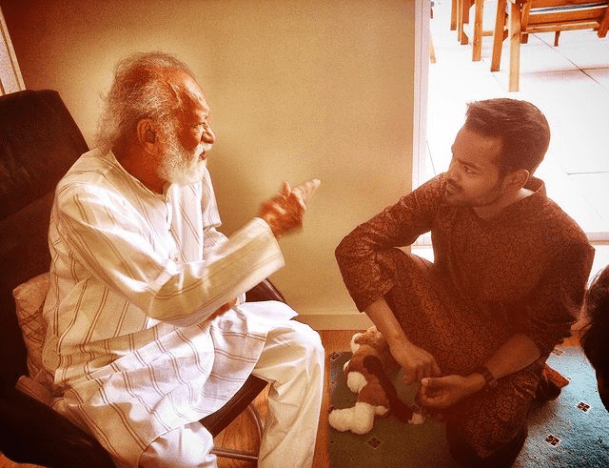
Soumik with Pandit Ravi Shankar
After a year, Soumik was introduced to his Guru, renowned artist Padma Shri Pandit Buddhadev Das Gupta, while he was on a vacation in Kolkata. “He looked at me noodling at the instrument and told me to come to his house next morning at 6 am. And just like that my training started,” the artist quips. While most students attend music classes for years, Soumik had an unusual training. “The training was quite rigorous while I was in India, each year during vacation. However, my guru would design the training in a way that even when I returned to London, I would still be able to practice the ragas every day. I was very blesses to have him train me,” the artist shares.
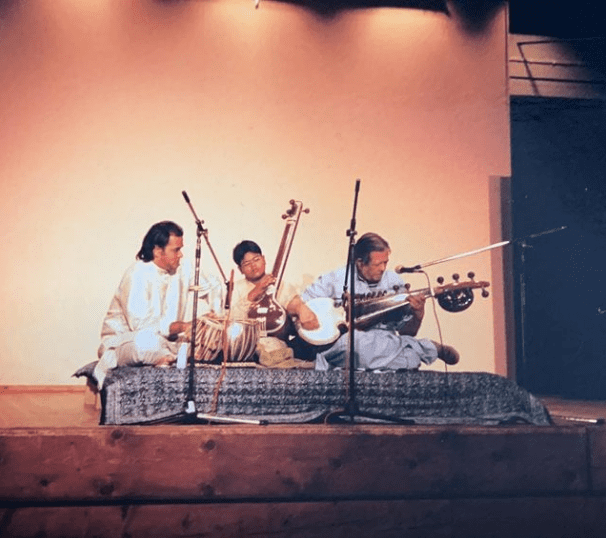
Young Soumik, playing the tanpura, with his guru Pandit Buddhadev Das Gupta
However, sarod was not the only thing that captured Soumik’s interest. Says Soumik, “Growing up I listened to every kind of music. I remember in school I would play the English tracks on the sarod. So, that way I became more interested in the contemporary music as well.”
A melodious journey
After completing his school, the artist attended the University College London, and later studied at Trinity Laban Conservatoire of Music and Dance, graduating in 2009 with an MMus in Composition. Meanwhile, Soumik toured with his band to various cities with his songs. However, a big break came when Soumik was invited by American rapper Jay-Z to play at the Royal Albert Hall in 2006 and later even performed with Beyoncé.
Subsequently, Soumik’s music started addressing several social issues. “I wanted to talk about these issues since they affect each one of us. I feel that music has the power to make people think,” quips the artist. In 2021, Soumik released a six-part visual album titled Silent Spaces, which is a creative lockdown response driven by a pervading sense of Covid-induced personal and professional loneliness. Later the same year, the British-Indian artist won the British Council Commission for Climate Change Award to create a project titled Songs of the Earth which will be released in the run-up to the 26th UN Climate Change Conference of the Parties (COP26) in Glasgow.
Music for the environment
“When British Council announced the award, I was already devising music and film projects about the environment and had already released an album Jangal — to raise awareness about the impact of deforestation with Sachin. I had a premonition of working together again, so I wasn’t surprised when we landed this award,” shares the artist. The animated film Song of the Earth contains an eight-track album, in which each song represents a specific environmental issue experienced through Asha’s young eyes. The songs create a unique narrative, covering issues from floods and eco fashion to deforestation and industrialisation.
Soumik shares that he wanted to write the songs in a manner in which the musical quality wouldn’t diminish and the lyrics would appeal to all types of audience. “I wanted to write the songs in a way that wouldn’t detract from their musicality but would hold hidden layers of meaning for the different kinds of listeners,” the artist says, adding, “Throughout the film, Asha’s Baba’s teachings offer her hope and propel her to face the dangers and calamities which lie ahead. Datta fervently believes that to face the problem that climate change poses for us, we must not be motivated by fear but instead by the hope for a better future.”
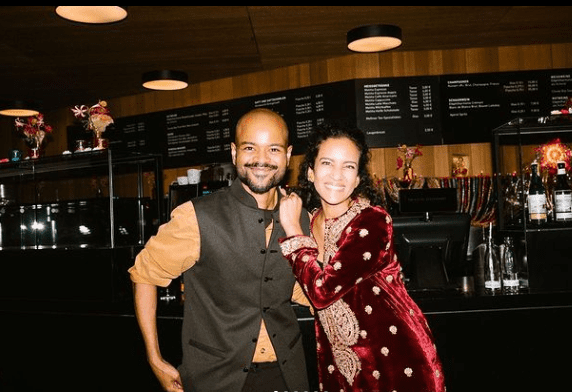
Soumik with British-Indian-American sitar player, Anoushka Shankar
The artist collaborated with Sachin Bhatt and Anjali Kamat who visualised the story from page to screen and helped him manifest his lead character, Asha and the climate emergency that spirals around her. Currently, the artist is working on a new show that will address immigration, mental health issues, and the refugee crisis.


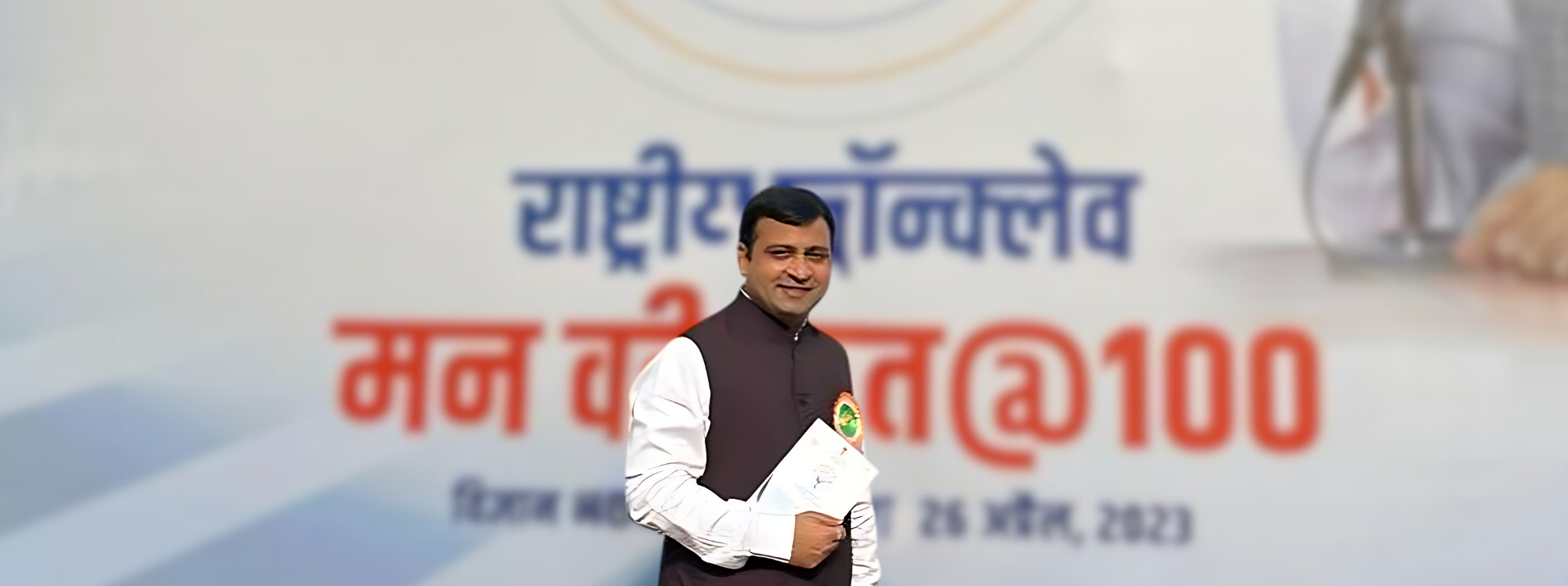
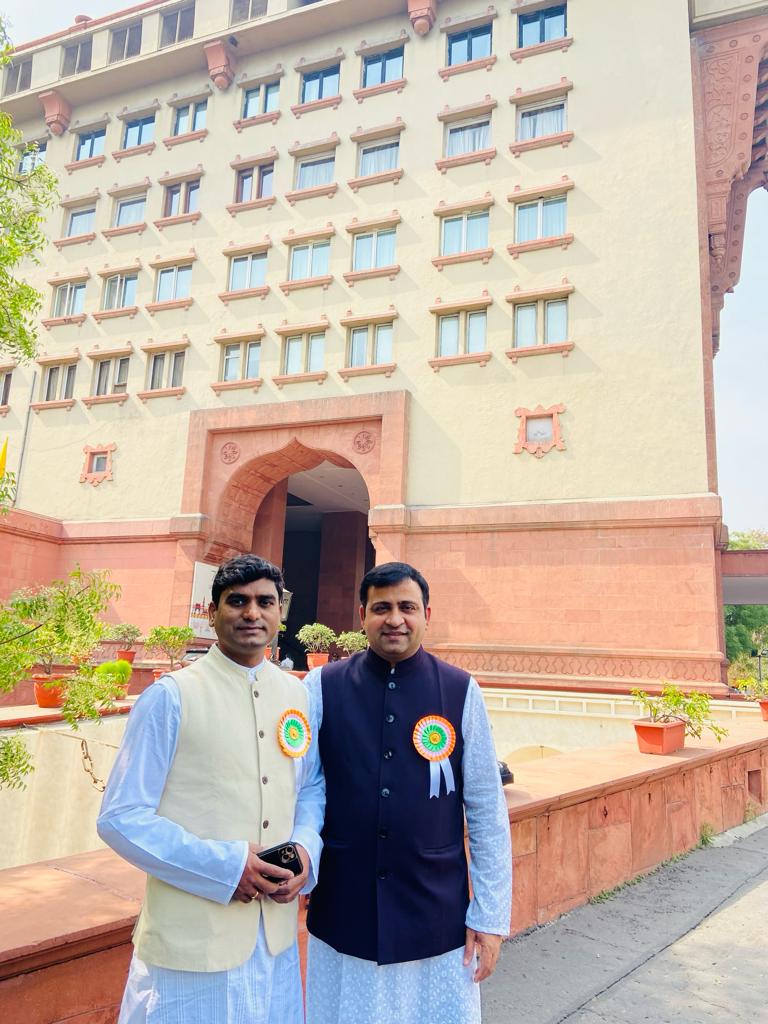 Rajnish with SmartGaon co-founder Yogesh[/caption]
Rajnish with SmartGaon co-founder Yogesh[/caption]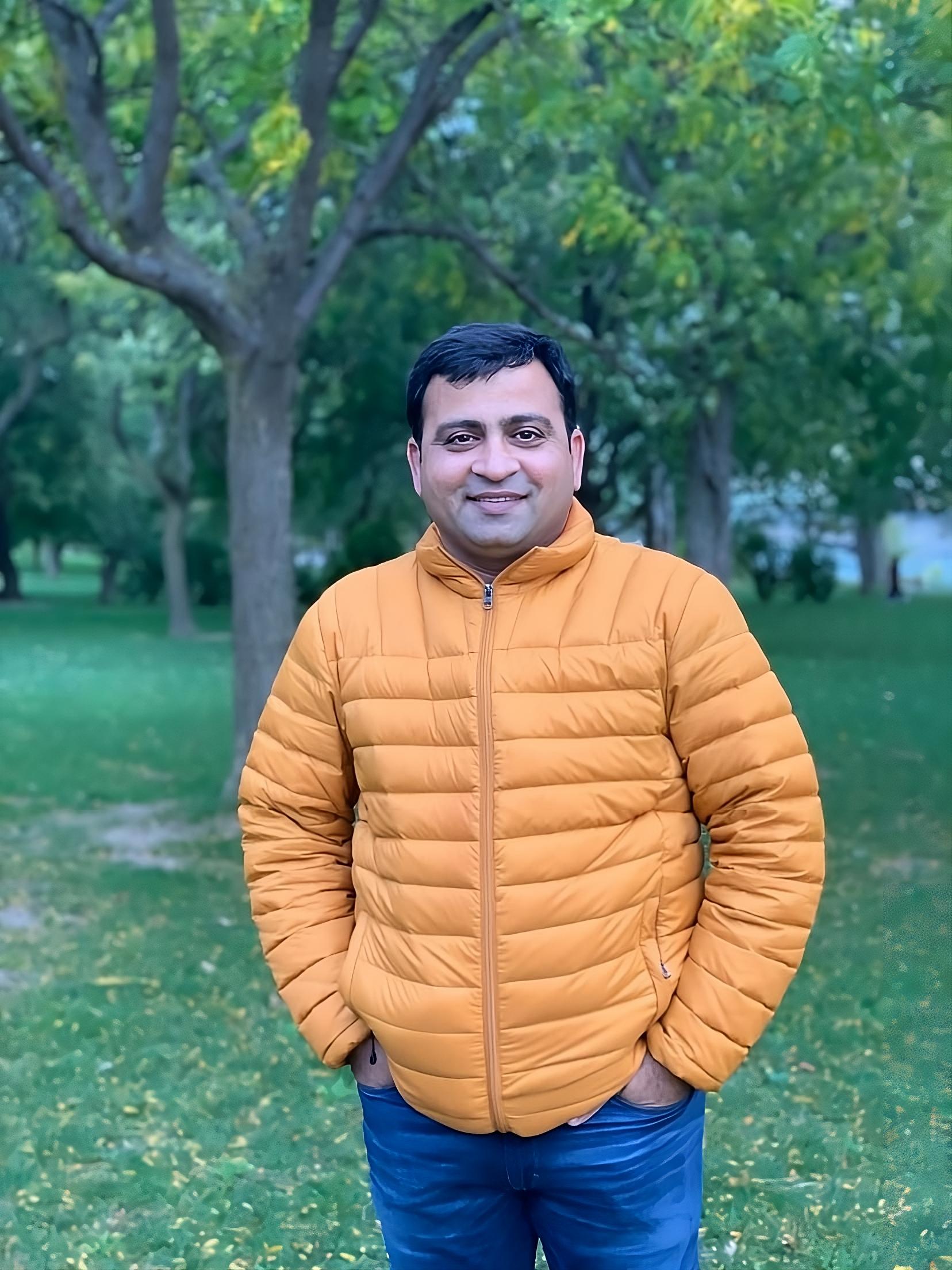

 Romulus Whitaker[/caption]
Romulus Whitaker[/caption]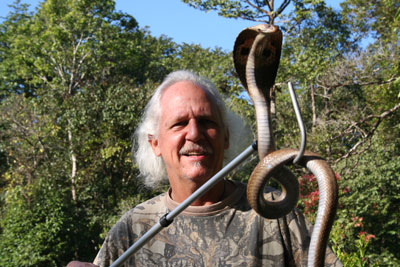 Romulus Whitaker[/caption]
Romulus Whitaker[/caption]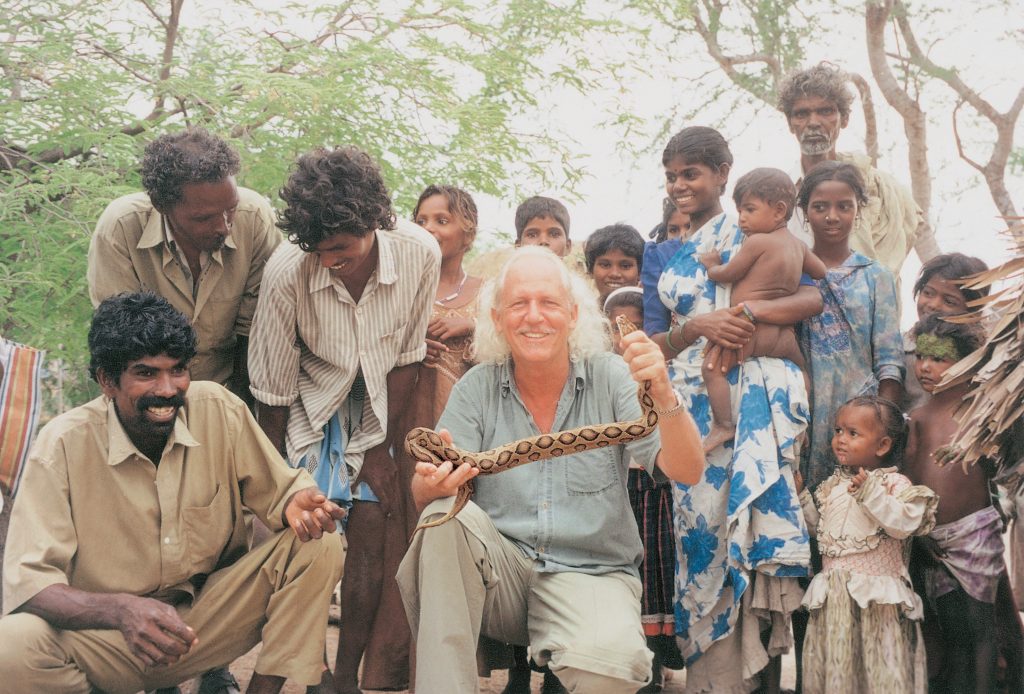 Romulus Whitaker with tribals[/caption]
Romulus Whitaker with tribals[/caption]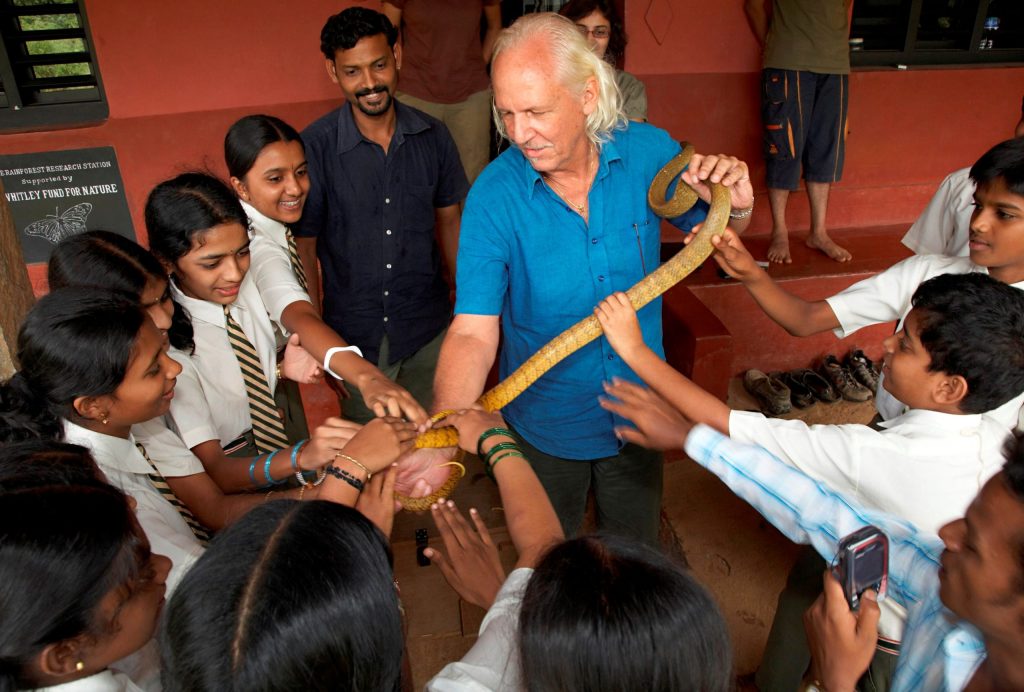 Romulus Whitaker with school kids[/caption]
Romulus Whitaker with school kids[/caption]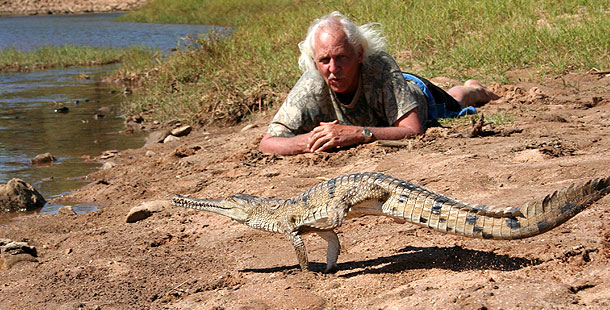 Romulus Whitaker[/caption]
Romulus Whitaker[/caption] Romulus Whitaker during a talk[/caption]
Romulus Whitaker during a talk[/caption] A display as part of the Wall Museum[/caption]
A display as part of the Wall Museum[/caption]
 Rajalakshmi Kameshwar Joshi[/caption]
Rajalakshmi Kameshwar Joshi[/caption]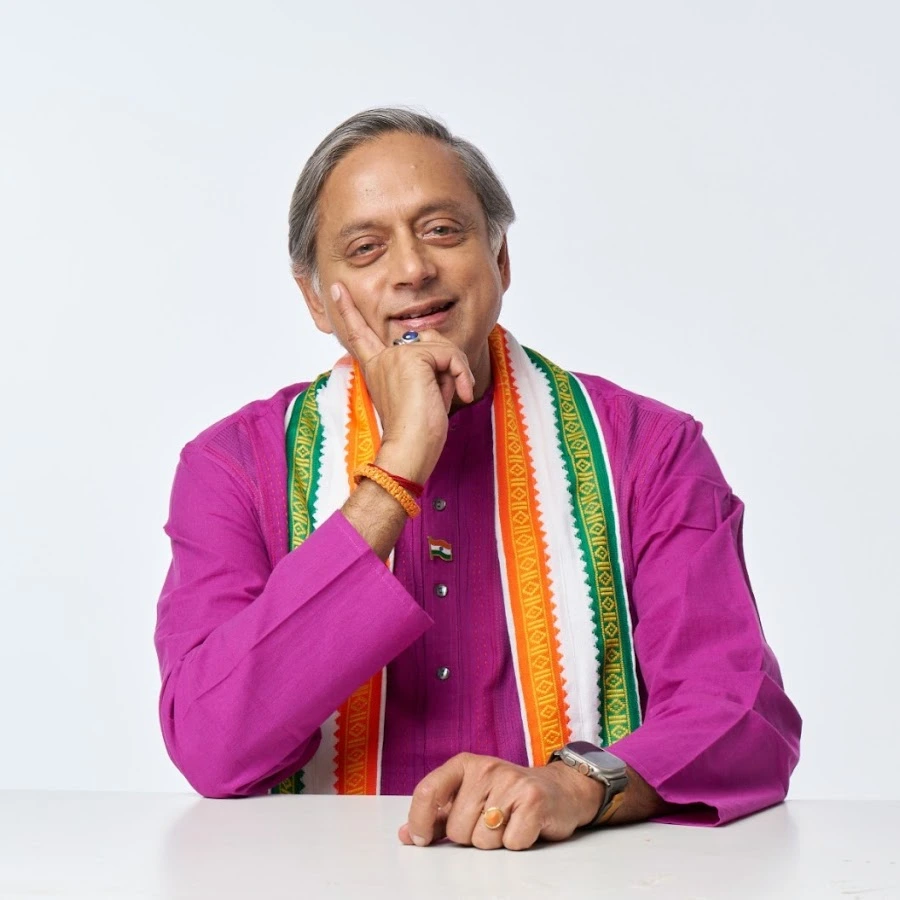 Shashi Tharoor[/caption]
Shashi Tharoor[/caption]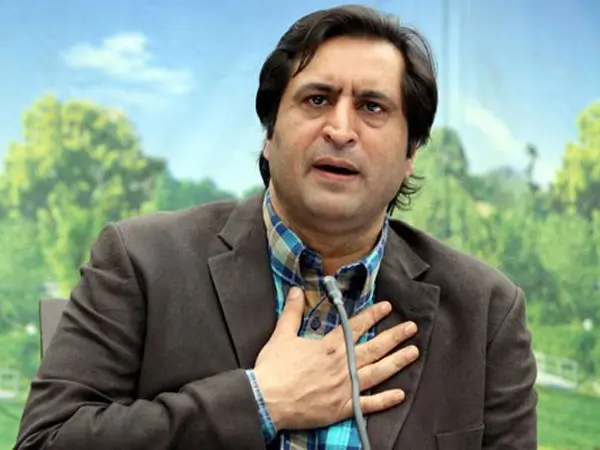
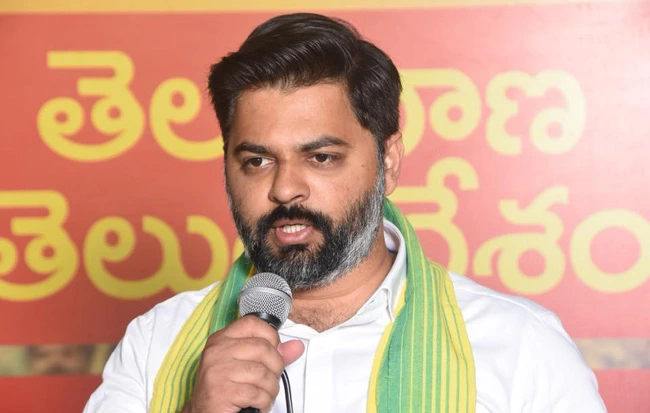 T Veerender Goud[/caption]
T Veerender Goud[/caption]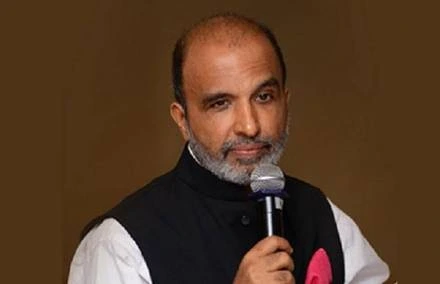

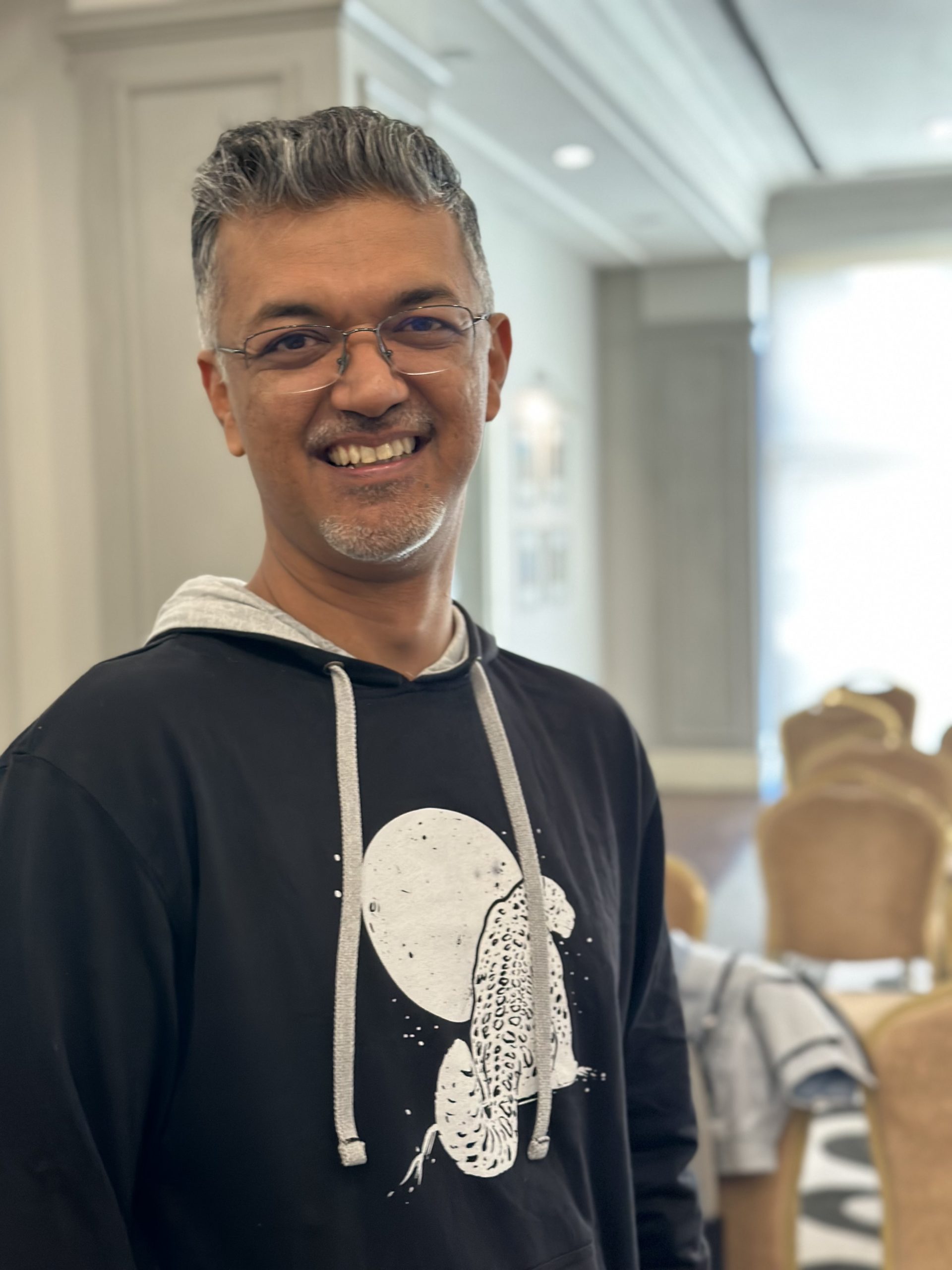 Dr Koustubh Sharma. Photo by
Dr Koustubh Sharma. Photo by  Testing camera traps. Photo courtesy: Dr Koustubh Sharma[/caption]
Testing camera traps. Photo courtesy: Dr Koustubh Sharma[/caption]